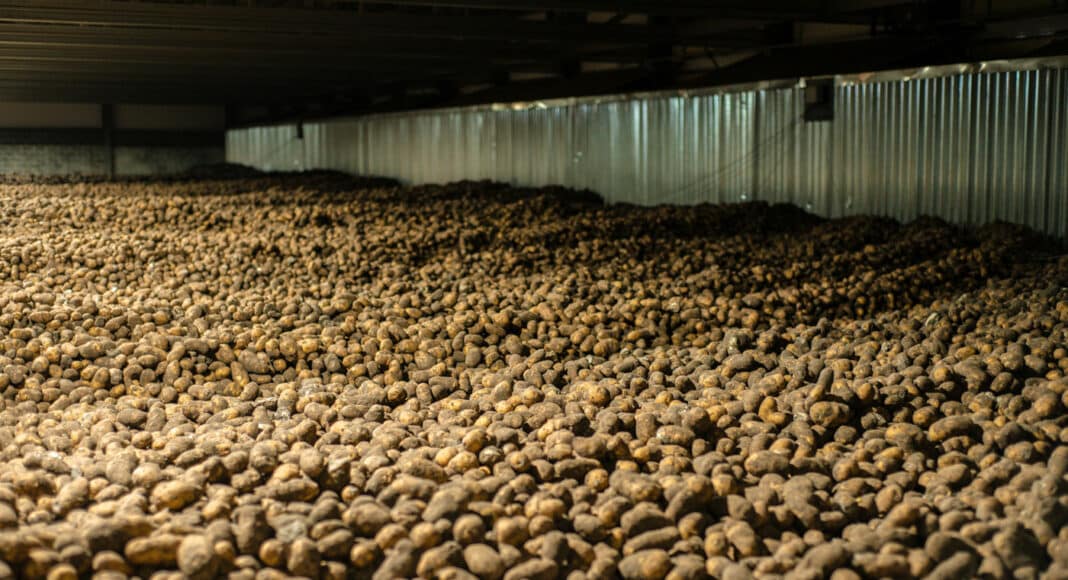Bad news first. It’s been a fairly challenging storage season so far in some regions with many producers reporting real difficulties in getting their stressed spuds into dormancy.
Worse news next. We’re not even halfway through storage season yet and — though I hate to say it — storage problems are likely to get worse rather than better.
Globally, 2023 brought inconsistent production. Generally, growers in western regions fared pretty well, while growers in eastern areas struggled. Storage will be more challenging for those who faced issues through the growing season, since those tubers went into storage stressed and less able to naturally hold dormancy.
I’d generally advise that, if you had a tough growing season, plan to store potatoes shorter and ship sooner. That’s not always possible. As we’re seeing this year, processing plants are verging on overwhelmed, not just by everyone needing to expedite shipping on physiologically ‘old’ spuds, but by the sprouting, bruising, rot and other storage issues more common in stressed potatoes.
One of the biggest challenges right across Canada is that the temperatures potatoes were held at through the early storage season tended towards very warm for very long. Not quickly cooling piles is a trend we’re increasingly seeing in storage management (which, let me just say, I disagree with). This year, that trend was exacerbated by a very warm fall. Holding potatoes warm eats up tubers’ natural dormancy, which forces producers into relying more heavily on mechanical dormancy — essentially fighting nature. Warm early storage also allows all kinds of pathogens to spread.
Those producers who didn’t or weren’t able to cool their storages quickly in the fall will have to monitor their bins extra carefully now and over the coming months. While rescue products are available to manage sprouts and peeps, those products are only temporary fixes. Until MRLs get accepted everywhere for DMN-based products (something we’re advocating hard for!), producers have limited options once a pile comes out of dormancy.
In terms of advice, all I can say is monitor, monitor, monitor. Make sure your storage infrastructure (fans, etc.) is in good shape and running right. Don’t let your guard down.
For next year, I’d really encourage producers to dig deeper into options and consequences of prolonged warm early season storage. Supporting nature by cooling the pile as soon as pile quality is achieved is so much more effective than fighting her later in the storage season.








